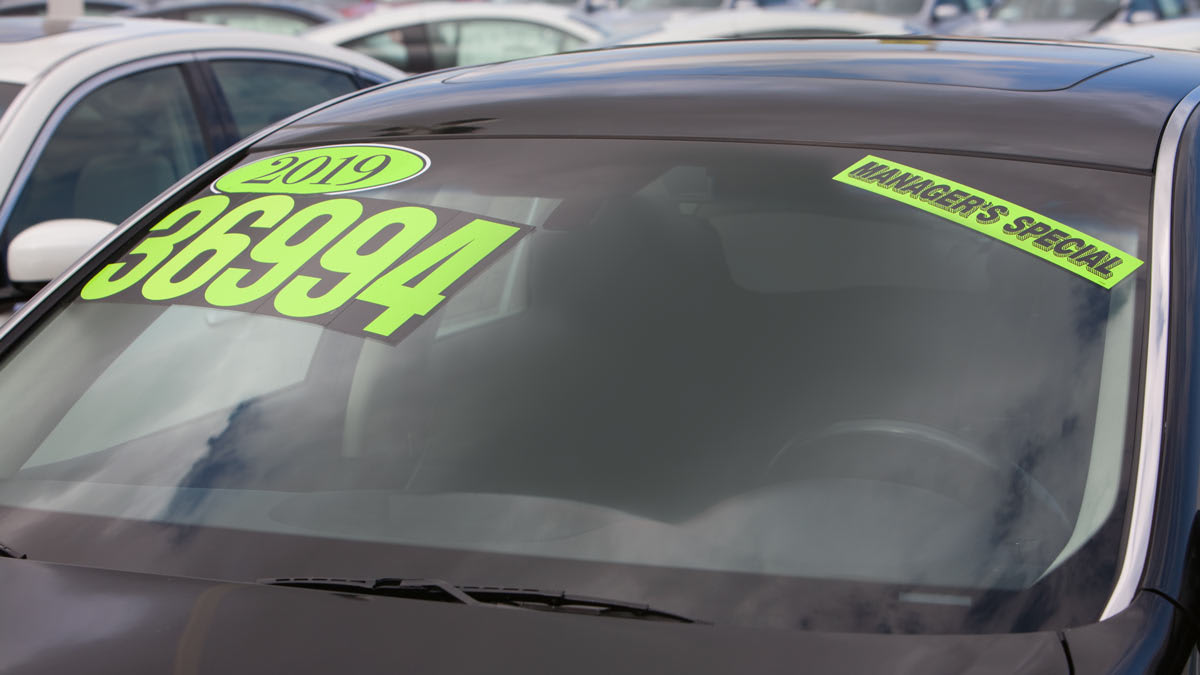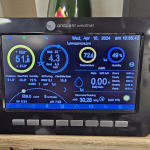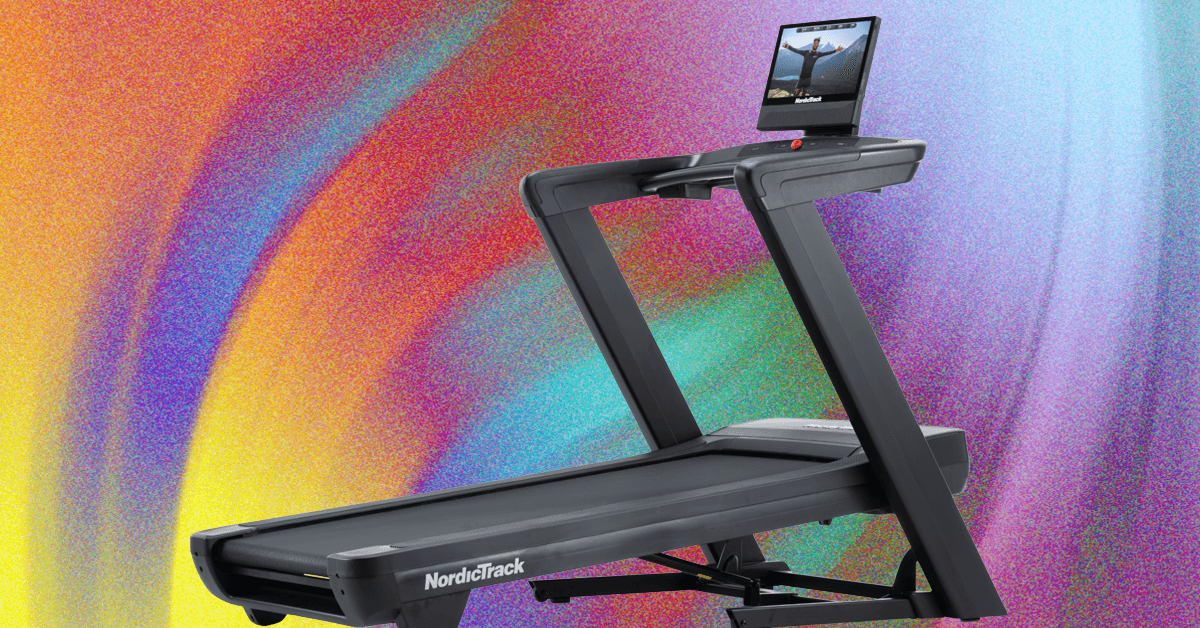
Prearrange financing. Figure out your budget and get financing based on what you can afford to pay monthly and as a down payment. It’s always a good idea to get financing through your bank or credit union before going to a dealership to look at cars. That way you have a baseline against which you can compare the terms of dealer financing, which may or may not be as good a deal.
As always, getting financing secured for a private-party sale is a little more difficult. You’ll need to have the funds secured and ready to pay out so that you’re able to buy a car quickly if you find one that is reliable, is fuel-efficient, and meets your other needs.
Cast a wide net. Prices outside your area may be better. You can find a good variety of used models on websites like TrueCar.com, operated by a CR partner, and through Consumer Reports’ Used Car Marketplace. Expand your geographic search if you need to. Be cautious about searching too far from home. You want to be able to go see any car you’re considering buying and test-drive it before signing a sales or leasing contract. This is especially true for used cars. The market hasn’t completely settled down yet, so if the car you’re looking at seems like a good deal, someone else might scoop it up from underneath you if you have to travel too far to get to it.
Do your research. Whether buying new or used, consult Consumer Reports’ road tests and ratings, looking closely at reliability, owner satisfaction, and safety. Make a short list of contenders to test-drive, and have a good understanding of the various trim versions and features. Print out information on the models you’re interested in from CR.org and manufacturer websites to take along with you.
Buy something reliable. If you can’t find a newer used car within your price range (including financing), you may find yourself looking at older models that you wouldn’t otherwise have considered. CR recommends taking any used car to a reputable mechanic to have it inspected. (If the owner or dealer balks at this request, you may be better off looking elsewhere.) You can also consult CR’s predicted reliability scores to make sure you buy something that won’t give you problems later.
Be willing to compromise. If you have to buy an older car, some of the features you want—whether advanced safety and driver assistance features or connectivity—might not be available. Decide which are absolute must-haves, and be flexible on the rest. As always, you’re more likely to find deals among less sought-after models like small sedans and front-wheel-drive SUVs, while larger SUVs and pickups are likely to be more expensive and quicker to sell.
Don’t borrow too much. Put as much money into a down payment as you can afford. This is good advice in any economic climate. Maximizing your down payment will reduce the amount you have to pay in interest on the rest and minimize the chance that you’ll be left hanging as your aging car’s value sinks over the years, particularly with used-car prices still relatively high.
For example, if you have to borrow $15,000 for a used SUV that will be worth less than $10,000 in a year or two, you may end up “underwater,” or owing more than the car is worth, especially with the average interest rate on a used-car loan at nearly 12 percent. If you crash the car or if it’s stolen, you’ll still have to make payments. Cars are depreciating assets in the best of times, but they’re likely to depreciate much more quickly if prices fall further.









